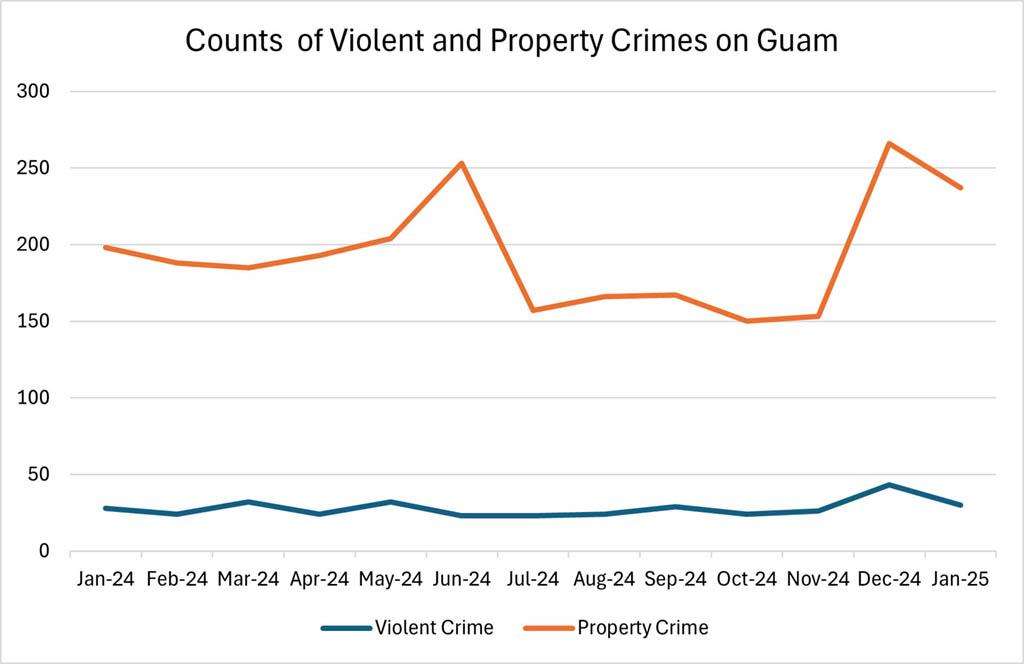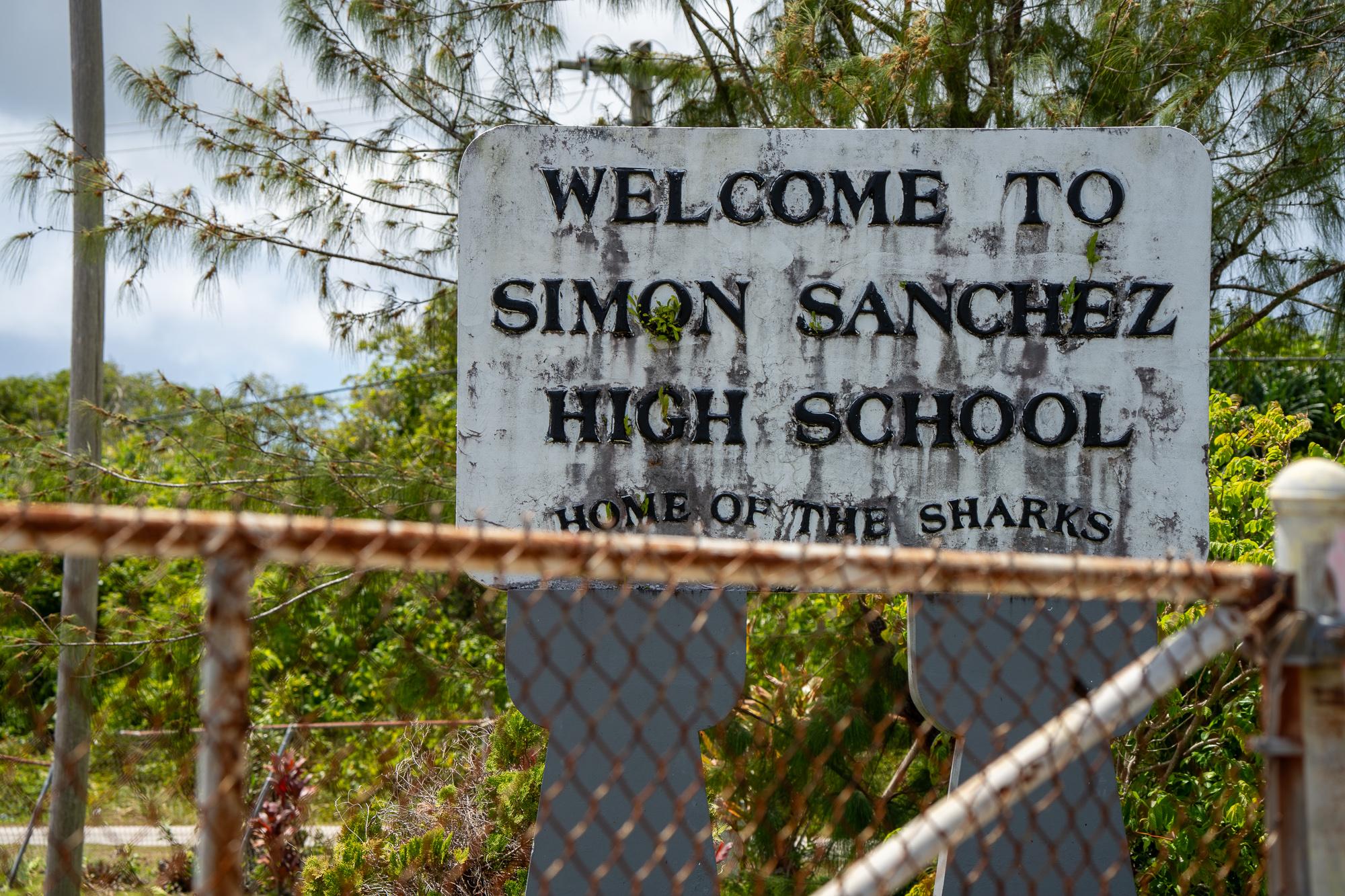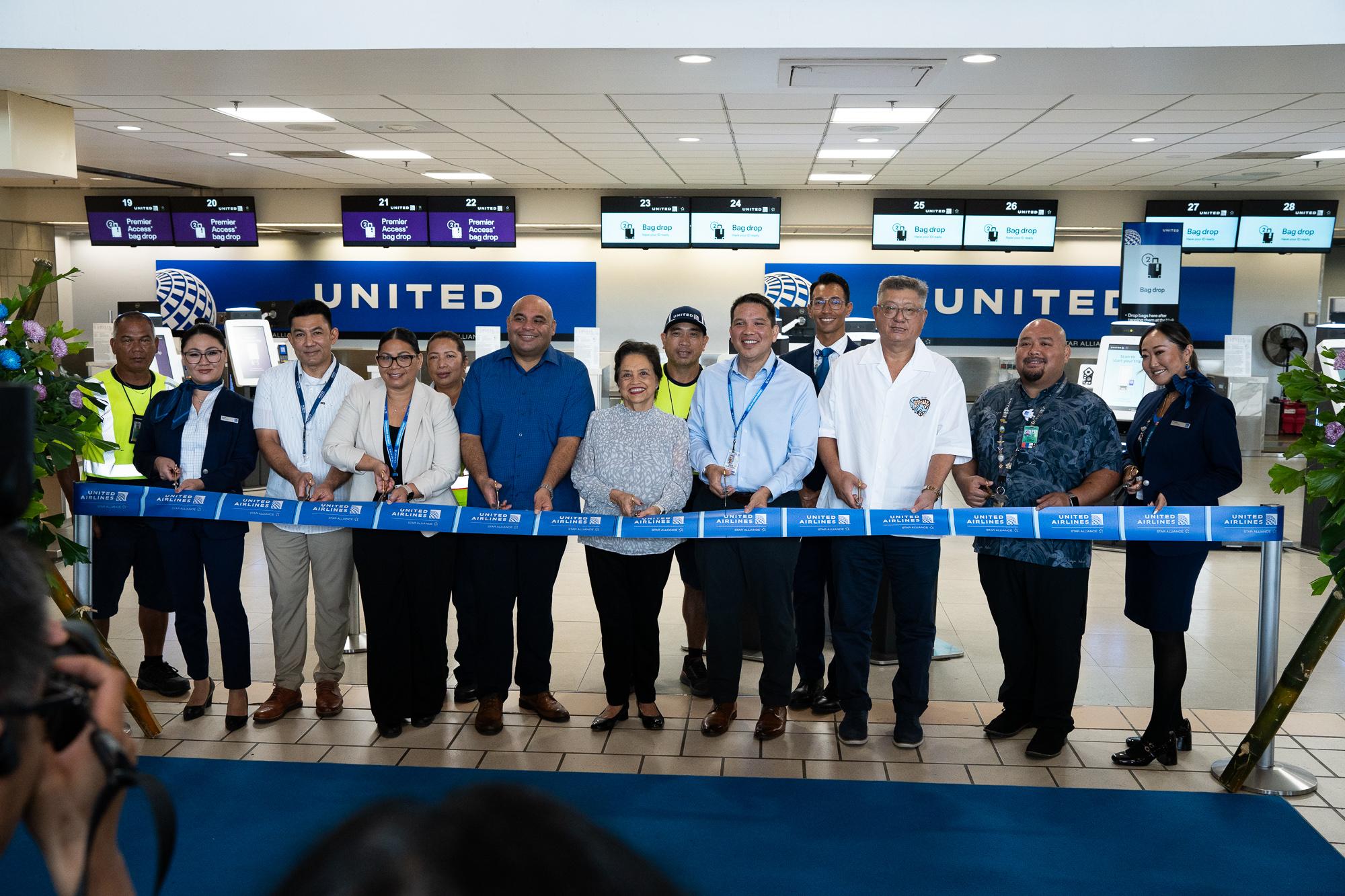BY OYAOL NGIRAIRIKL
Journal Staff
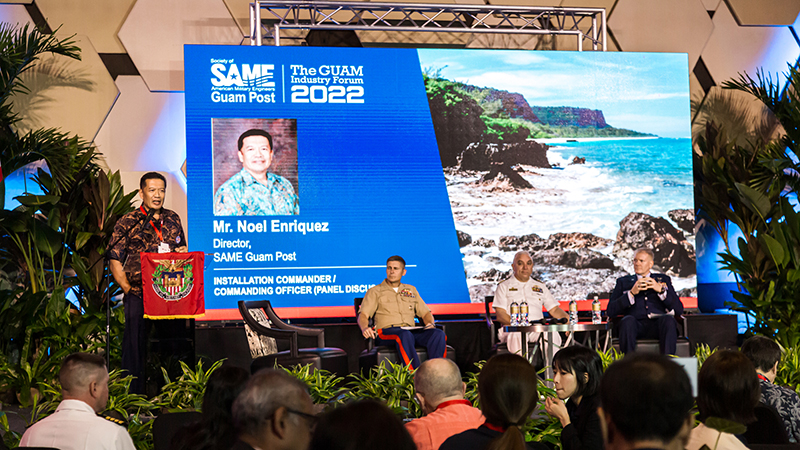
Lt. Gov. Joshua F. Tenorio said Guam Economic Development Agency was tasked to lead the effort to implement the self-certification processes as proposed by the Governor’s Task Force to Reform Government Permitting Procedures.
Tenorio said as part of the effort, GEDA has studied several models in different cities in the U.S.
One of those was the City of Phoenix in Arizona.
Phoenix implemented the Self-Certification Program in 2010 and has since issued more than 4,570 permits for development worth billions, according to Claire Simeone Stern, management assistant II with the Planning and Development Department for the city.
Phoenix’s pilot program quickly turned into a full program and today issues various residential, commercial and civil permits through the Self-Certification process.
“The Self-Certification Program allows projects to receive permits relatively quickly, which allows construction to begin immediately without going through plan review. This results in a significant time savings for developers,” Stern said.
“It is one of the menu options we offer to developers but isn’t an option for all projects, nor is it always the best route for projects. Since inception more than $3 billion worth of development projects have gone through the Self-Certification Program,” she said.
Phoenix’s Self-Certification Program eliminates plan review by allowing a registered professional to take responsibility for and certify a project's compliance with the building code, standards and ordinances. Depending on the scope of the project, permits can be issued within one to five business days. The expanded program includes most buildings over 25,000 square feet; inventory, salvage, landscape and parking lot plans by landscape architects; and grading and drainage and parking lot plans by civil engineers.
When the City of Pheonix first implemented the program in June 2010, self-certification was limited to building plans of specific occupancies and size, Stern said.

“Additional modifications were made to the program in 2017 and 2020 and we are always looking at ways to improve the program,” Stern said.
“I think what we have learned is to be very deliberate and thoughtful with what types of projects should be allowed within the Self-Certification Program. It is easier to be selective on the front end than try to narrow the scope of the program later on.”
Tenorio said self-certification can work, it’s just a matter of adopting policies that make the most sense for Guam. Not all projects would be eligible for self-certification; it would depend on what Guam is capable of and what stakeholders want.
The Phoenix Project Eligibility Chart can be found at City of Phoenix Planning and Development Self-Certification Program.
Phoenix allows for self-certification for “all new building construction and alterations not included in the ‘Projects Not Eligible’ list.” The projects that are not eligible, include:
Hazardous occupancies and projects that contain any of the following: - Hazardous processes - Electrically hazardous locations - Extraction rooms - Hazardous exhaust systems - Refrigerant monitoring systems
New high-rise buildings (occupied floor more than 75’ above Fire Department access)
Projects located in a Hillside Development Area
Extra-large assembly occupancies (A4 & A5)
Projects in FEMA Special Floodplain Hazard Area
According to the website, applications can be reviewed and permits completed in one to five business days.
However, there are some delays caused when the necessary documents aren’t included in the packet. That is an issue Guam also faces, according to the lieutenant governor.
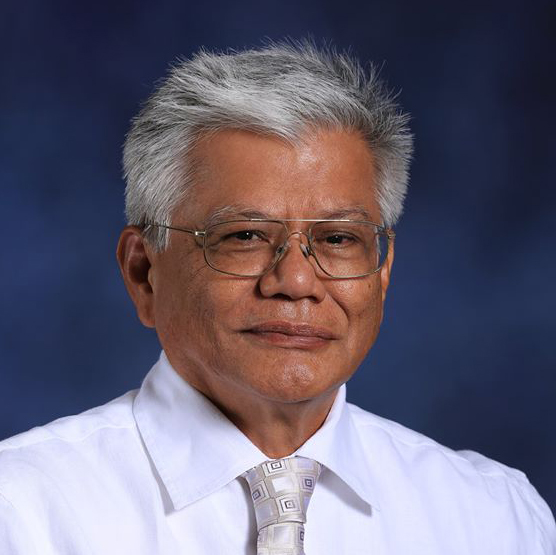
“Governments will never have enough manpower and logistics support to manually check and approve permits in the time window we expect permits to be approved,” he said. “All permitted construction work requires licensed architects or engineers to design the work and licensed contractors to perform the work. Failure in design and failure in construction as designed and specified, is potential grounds for license review. Professional license review is an anathema in the industry.”
Benavente said self-certification may only apply for certain types of work and governments may charge a fee for this privilege, and this privilege is subject to conditions and renewal.
Tenorio said the government group also is looking at various tools to make the program a reality for Guam, including necessary training and certification, as well as insurance, for those who will be on a listed of companies able to self-certify for permits. He said it makes sense because of Guam’s shortage of inspectors, whether for the permit itself, or the fire or public health safety inspections.
“The only difference is business owners will be empowered to go to the credentialed companies ... that can go do the work for a fee and get things done,” the lieutenant governor said. “The reason I think this is so compelling … there has to be a recognition of the amount of money [involved]. A lot of people are getting small business loans or taking money from savings to get their projects built ... and the amount of time for review is costing them money and that has to be something we have to be sensitive to.”
He said the delays caused by the COVID-19 pandemic have left Guam in a situation where “we have a lot of work to catch up on.”
He said if there are other jurisdictions have successfully addressed similar delays and concerns then it makes sense to try this new approach.
“We can't rely on the Legislature to give us additional funds to hire additional inspectors ... (and) we have people in the private sector who can do the work,” Tenorio said. “We have the ability to establish a framework and partner with the private sector to move this along.”
The work the lieutenant governor and GEDA are doing is part of a recommendation that came from a task force created to specifically look at the reasons behind building permit delays. Gov. Lourdes A. Leon Guerrero created the task group in response to the construction industry’s repeated call for the building permitting process for Guam to be streamlined because in its current state there are delays costing money. The potential for delays and added costs are also dampening potential investor enthusiasm, according to various industry leaders, because they also area dealing with increased costs in labor and building materials. (See “One step forward, permitting and licensing still a work in progress,” in the Jan. 3, 2023 issue of the Journal, and “Task force on permits and licenses intends to act,” in the Dec 23, 2019 issue of the Journal.)

She said the evaluation has shown that self-certification is allowable at the Department of Public Works level for engineers and architects. As the lieutenant governor said, they are looking at extending the functions of inspections to fire and public health.
“I am responsible for convening stakeholders from the private and public sector to come to consensus as to what is acceptable,” Mendiola said.
Tenorio said they also have procured a building permit software to put the permitting process online for those projects that won’t be self-certified. He said the software will help make the process “transparent.”
The online program will allow for concurrent reviews among the various agencies involved in the process. But it will also allow the applicant to track the process.
“The software is going to allow the applicant … to see all the different forms required and it will be one submission to Guam Environmental Protection Agency, Guam State Historic Preservation Office, Department of Public Works and other agencies. And everyone will have access … for review,” he said.
As part of the concurrent review the applicant can see where the various agencies are in the review process and whether there are missing documents or questions.
“Also, what we're considering is timelines,” Tenorio said. They are working with legal advisors on what could be mandatory timelines for certain aspects of the process. The lieutenant governor said the aim is to create a process that is straightforward with reasonable timelines for permits to clear.
One of the other recommendations from the private sector was to streamline and revamp the business licensing process, which is administered by the Department of Revenue and Taxation, Tenorio said.
“I want to point out to a success at Rev and Tax, (Director Dafne Mansapit-Shimizu) identified redundancies, and found ways to reduce the time for business licenses,” he said. “That was part of the whole charge to begin with — permits and business licenses. She's also using technology to make things more convenient and faster.” mbj
















